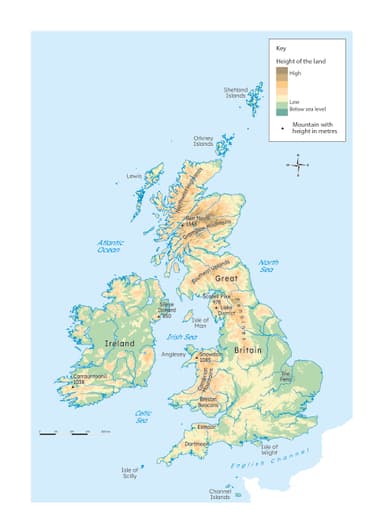Making a map of our route
I can make a map of my route to a local play area.
Making a map of our route
I can make a map of my route to a local play area.
These resources will be removed by end of Summer Term 2025.
Lesson details
Key learning points
- ‘Journey sticks’ help us remember what we saw during a fieldtrip.
- Sequencing photographs helps recall of a journey and places visited.
- Geographers make maps to show what places are like and to show routes.
- Models or maps made from memory are not usually very accurate, but show what is important to the maker.
Keywords
Map - A map is a two-dimensional representation of an area, showing geographical features and where they are in relation to each other.
Symbol - A symbol is used to show an important landmark, place, feature or area of a map, diagram or drawing
Place - A place is a location, an area or a building.
Common misconception
You don't need to sequence images or photographs you took on your route.
Sequencing photographs (keeping them in the correct order) helps us to remember a route correctly and helps us find the correct end point (destination).
To help you plan your year 1 geography lesson on: Making a map of our route, download all teaching resources for free and adapt to suit your pupils' needs...
To help you plan your year 1 geography lesson on: Making a map of our route, download all teaching resources for free and adapt to suit your pupils' needs.
The starter quiz will activate and check your pupils' prior knowledge, with versions available both with and without answers in PDF format.
We use learning cycles to break down learning into key concepts or ideas linked to the learning outcome. Each learning cycle features explanations with checks for understanding and practice tasks with feedback. All of this is found in our slide decks, ready for you to download and edit. The practice tasks are also available as printable worksheets and some lessons have additional materials with extra material you might need for teaching the lesson.
The assessment exit quiz will test your pupils' understanding of the key learning points.
Our video is a tool for planning, showing how other teachers might teach the lesson, offering helpful tips, modelled explanations and inspiration for your own delivery in the classroom. Plus, you can set it as homework or revision for pupils and keep their learning on track by sharing an online pupil version of this lesson.
Explore more key stage 1 geography lessons from the Local area: how do we read maps and plan routes? unit, dive into the full secondary geography curriculum, or learn more about lesson planning.

Licence
Starter quiz
6 Questions



Exit quiz
6 Questions



